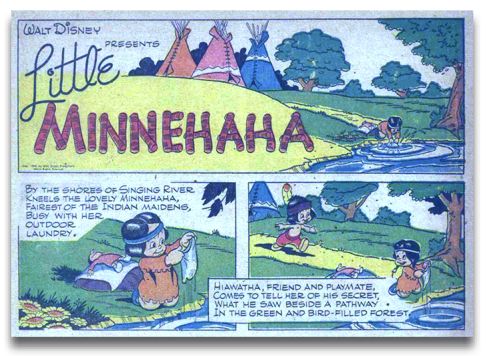More figures of speech (part 6 in case you’re counting)
My copy of Figures of Speech Used in the Bible is packed away; I’m preparing to leave Annapolis, MD and return home to Newark, DE. One of my hangouts while I was here is a nice independent book store called Back Creek Books, Rock Toews, prop. If you ever visit the place, tell him hi for me.
Anyway, I ran into a book with the catchy title Orthometry the Art of Versification and Technicalities of Poetry by a Brit named R. F. Brewer, B.A. (I wonder what figure of speech it is when you call attention to something by saying the opposite of what you mean. Sarcasm?) I like books on this topic, so I bought it, and the book isn’t too bad. The book has plenty of examples from English poetry, and he discusses quantity as well as stress accents, not to mention other interesting things about how to put meter into a poem. Perhaps the greatest weakness is that he completely ignores the existence of four-syllable metrical feet.
Now that you’re curious, it’s called the paeonic foot. Remember the Indian tom-toms in the old Westerns when you were a kid? Boom-boom-boom-boom. That’s paeonic. Longfellow’s The Song of Hiawatha is written in paeonic, with the stress on the third syllable. My thanks to 2719 Hyperion for this picture:
All that to say that the book has a nice section about figures of speech, some of which I’ll share. These three are common figures that you ought to know about.
Ellipsis. When you leave something out that’s grammatically necessary, but you can figure out the meaning without it. Did you ever hear your parent end a sentence with “…or else!”? The grammar asks “or else what?” The meaning is presumably stronger if Mom doesn’t specify the doom in store for you, leaving it to your imagination. Suppose your son reports that he finished mowing the lawn, and you respond “Including the trimming?” No subject or verb; ellipsis.
Pleonasm. Extra, technically unnecessary, words to strengthen an idea. I call this fluff when someone does this improperly. The rule in expository writing is if you can leave out a word, you should. But in a descriptive, poetic passage, where you want something beautiful for its own sake, or you need something to make the meter work, go ahead and add to the description. In my recent fish poem, I call the fish a great big fish. “Great” and “big” mean the same thing, but this pleonasm makes the meter work, and conveys the colloquial tone that I was going for. Think of “tiny little” and Burns’ famous poem about the mouse, a “wee small cow’ring beastie.” The next time you hear someone using rather too much enthusiasm describing something, you can suggest that they be less pleonastic. I have a pleonasm in the next paragraph. See if you can find it.
Tmesis. Sigh. I see this one a lot in coarse writing. It’s when you add a word between the parts of a normal compound. In the New Testament someplace is the expression “to-us-ward” instead of “toward us.” Descending to the absolute utter bottom of the literary ladder, you might have heard your slightly sloshed beer-drinking buddy wax eloquent about his favorite team “Duh, they are abso-blanketyblank-lutely the greatest!!!” My delicate sensibilities prevent me from supplying the word you have no doubt heard.
Never knew an inebriated sports fan would be so literary, did you?


Leave a Reply